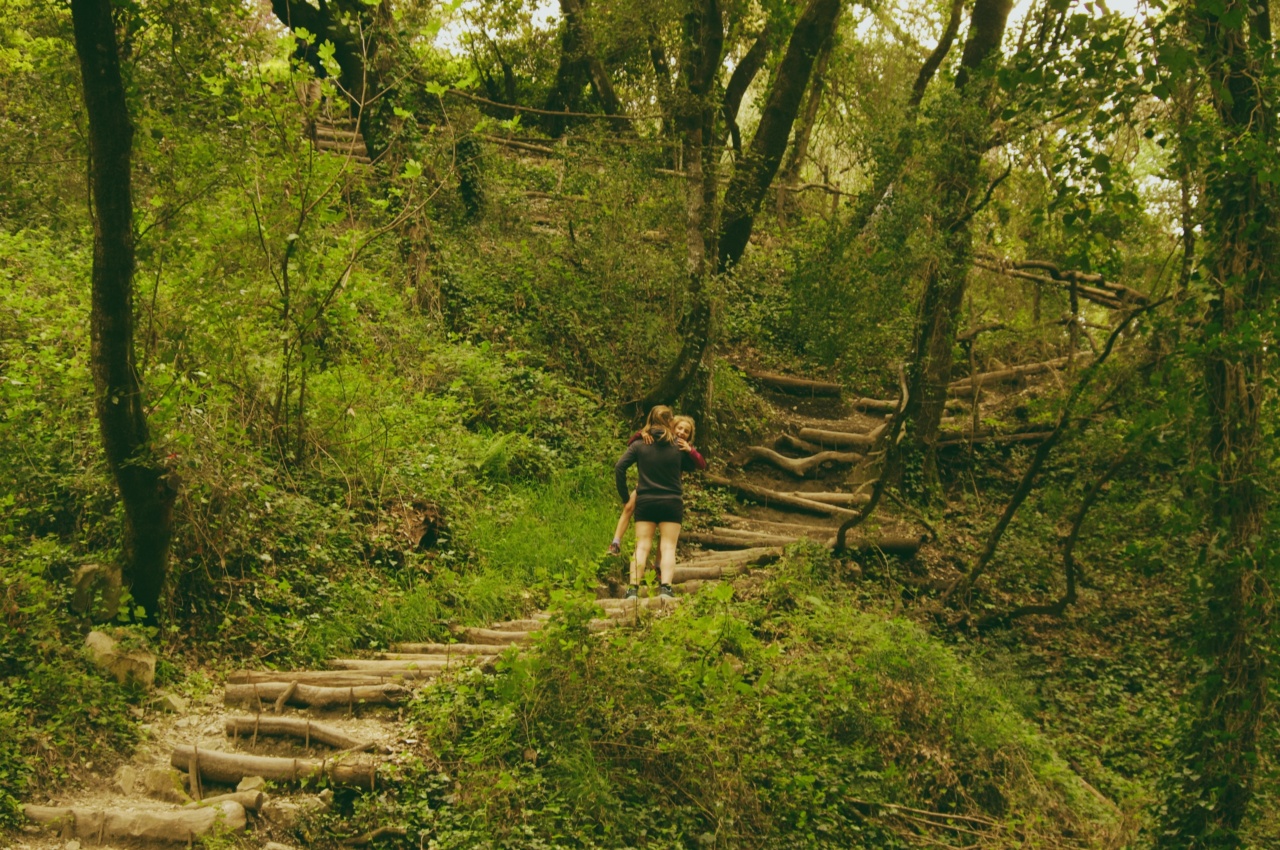Myopia is an increasingly common vision issue affecting children around the world. The condition, which is also referred to as nearsightedness, occurs when the eye fails to focus correctly, resulting in blurred distance vision.
While the exact cause of myopia is unknown, research suggests that both genetics and environmental factors can influence its development.
While corrective lenses and surgery can effectively treat myopia, early detection is key. This is because myopia that goes untreated can worsen over time, leading to more severe vision problems.
Currently, the most common method for detecting myopia in children is through a comprehensive eye exam. However, a breakthrough method has recently been developed that may be even more effective at identifying myopia in kids.
The Breakthrough Method
The new method for detecting myopia in children involves the use of a specialized camera that captures high-resolution images of the eye. The camera is called a fundus camera and is typically used to detect and diagnose diseases of the retina.
However, researchers have discovered that the fundus camera can also be used to detect myopia in children.
The test involves having the child sit in front of the camera while a series of high-resolution images are captured. These images are then analyzed using sophisticated software to provide a detailed analysis of the child’s eyes.
The software is able to measure the length of the eye, including the axial length, which is a key indicator of myopia.
The breakthrough method is still relatively new, but early studies have shown promising results. In one study conducted in China, researchers found that the fundus camera was able to accurately detect myopia in over 95% of cases.
This is significantly higher than the accuracy of traditional eye exams, which typically have an accuracy rate of around 70%.
Benefits of the Breakthrough Method
There are several key benefits to using the breakthrough method for detecting myopia in children. One of the biggest advantages is that the test is noninvasive and painless.
This is a major plus for children who may be nervous about undergoing traditional eye exams.
Additionally, the breakthrough method is highly accurate and can detect myopia even in its early stages. This means that children can receive early treatment and prevent the condition from worsening.
Perhaps most importantly, the breakthrough method is incredibly convenient. Traditional eye exams can be time-consuming and require multiple visits to an eye doctor.
The fundus camera test, on the other hand, can be completed in a matter of minutes and does not require any special preparation or follow-up visits. This makes it much easier for parents to schedule and attend appointments.
Limitations of the Breakthrough Method
While the breakthrough method for detecting myopia in children has many advantages, there are also some limitations to consider.
One of the biggest limitations is that the test requires specialized equipment and software, which may not be readily available in all areas. Additionally, the test may be more expensive than traditional eye exams, although this is likely to change as the method becomes more widely adopted.
It’s also important to note that the breakthrough method is still very new, and more research is needed to fully understand its potential and limitations.
While early studies have been promising, it’s possible that the accuracy of the test may vary depending on the age of the child, the severity of their myopia, and other factors.
Conclusion
Myopia is a common vision problem that affects millions of children around the world. Early detection and treatment are essential for preventing the condition from worsening and causing more severe vision problems.
While traditional eye exams are effective at detecting myopia, a breakthrough method using a fundus camera shows even greater promise. The method is noninvasive, highly accurate, and convenient, making it an appealing option for parents and children alike.
As more research is conducted, it’s likely that the fundus camera test will become an increasingly important tool in the fight against myopia.





























